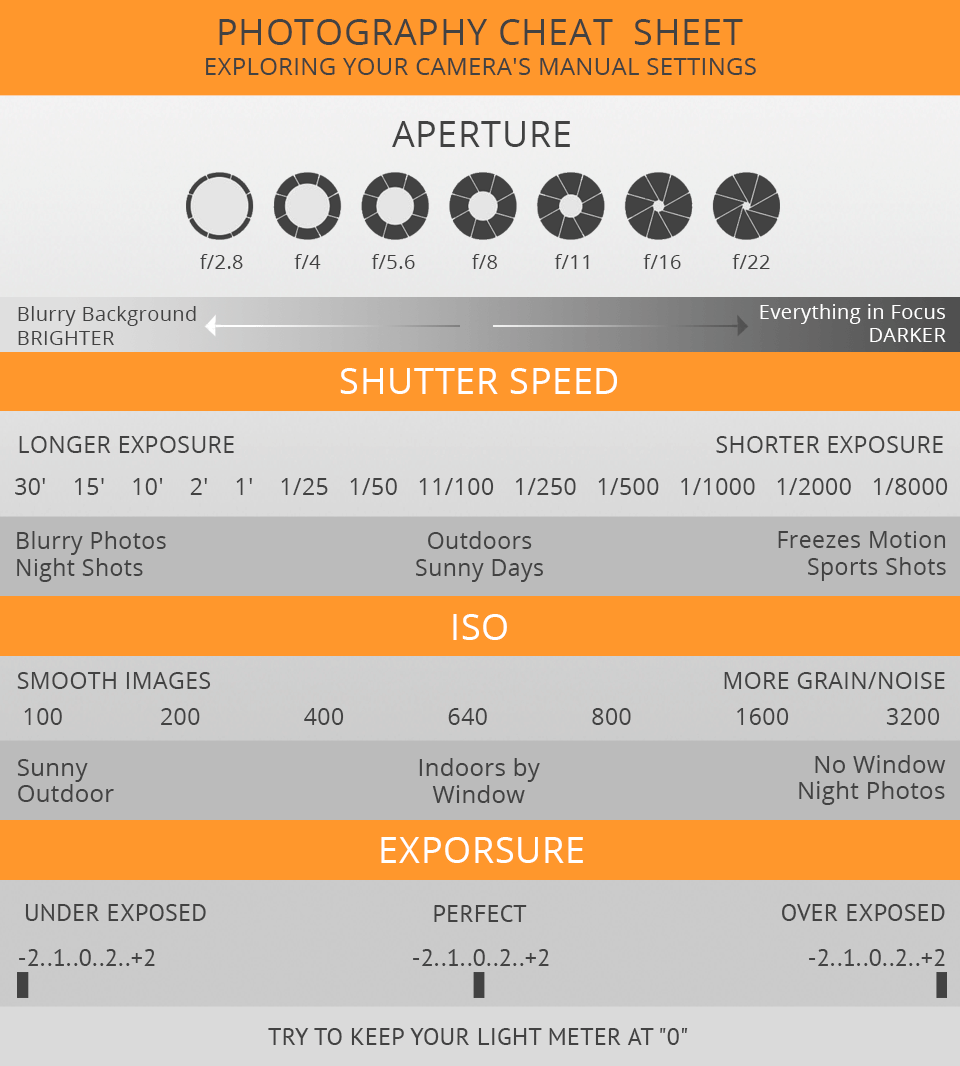Digital Photography Tips For Beginners: Grasping Your Camera In A Snap
Digital Photography Tips For Beginners: Grasping Your Camera In A Snap
Blog Article
Write-Up By- click the up coming website page Fuentes
When you first grab your video camera, it can feel frustrating with all the settings and choices readily available. You could find yourself questioning exactly how to navigate aperture, shutter speed, and ISO successfully. Grasping these principles is essential, but there's even more to photography than just technical knowledge. Comprehending composition methods and illumination conditions can boost your images considerably. So, what if you could learn simple strategies to enhance your abilities and begin recording remarkable images faster than you believe? Let's explore just how to change your photography trip.
Understanding Camera Settings
Recognizing your cam setups is essential for recording stunning images. When you grab your video camera, acquaint on your own with the 3 main setups: aperture, shutter speed, and ISO. Each plays an essential role in exactly how your pictures end up.
Beginning with aperture, which controls the amount of light entering the lens. A broader aperture (lower f-number) lets in more light and creates a gorgeous history blur, excellent for portraits. Conversely, a narrower aperture (greater f-number) keeps even more of the scene in focus, perfect for landscapes.
Next, focus on shutter speed. This setting figures out for how long your video camera's sensing unit is subjected to light. A rapid shutter rate freezes movement, which is excellent for activity shots, while a sluggish shutter speed can create sensational impacts like smooth water in landscapes.
Finally, readjust your ISO. This setup influences your cam's level of sensitivity to light. A greater ISO works in low-light situations yet can introduce sound or grain. Go for the lowest ISO feasible while still achieving proper direct exposure.
Structure Techniques
When you're out shooting, composition can make all the distinction in how your pictures resonate with audiences. Start by utilizing the regulation of thirds; visualize your structure separated into 9 equivalent areas with 2 horizontal and two vertical lines. Setting key elements along these lines or at their junctions to develop balance and interest.
Next, think about leading lines. These all-natural lines in your scene, like roads or rivers, attract the audience's eye into the picture, leading them with the tale you're informing.
Do not forget about mounting; use elements within your scene, like trees or windows, to produce a frame around your topic, adding depth and focus.
Also, watch on your history. A messy background can distract from your major topic, while an easy one assists it stand apart.
Last but not least, try out balance and patterns; they can create a striking picture that records interest.
Learning Illumination Issues
Understanding lighting conditions is critical for recording spectacular pictures, as the appropriate light can change a normal scene into something amazing.
Begin by observing natural light at different times of the day. Early mornings and late afternoons use the most effective light, referred to as the gold hour. The soft, warm tones throughout these times can boost your pictures magnificently.
Do not shy away from overcast days either; diffused light can reduce extreme darkness and produce a pleasing impact, especially for portraits.
Trying out backlighting by positioning your subject against the source of light. This method can create a fanciful halo effect and add deepness to your photos.
Take notice of your cam settings too. Adjust the ISO, aperture, and shutter rate to suit the lighting problems. A greater ISO can assist in reduced light, yet beware of grain.
Make Read Homepage of a tripod in darker atmospheres to stay clear of blur.
Lastly, do not neglect fabricated lights. Flash and continuous lights can be great tools for managing light in difficult problems.
Conclusion
In conclusion, mastering your video camera does not need to be overwhelming. By understanding your settings, using make-up strategies, and using the power of natural light, you'll quickly boost your digital photography abilities. Keep in mind, exercise makes ideal, so go out there and explore your newly found knowledge. With time and dedication, you'll be capturing magnificent pictures that show your distinct perspective. Delight in the journey, and do not forget to have fun while you go to it!
